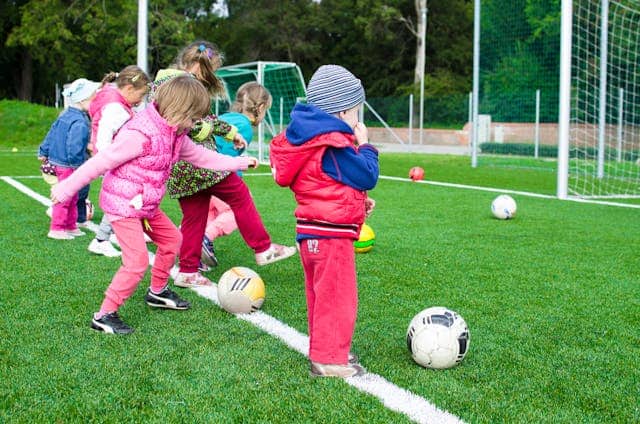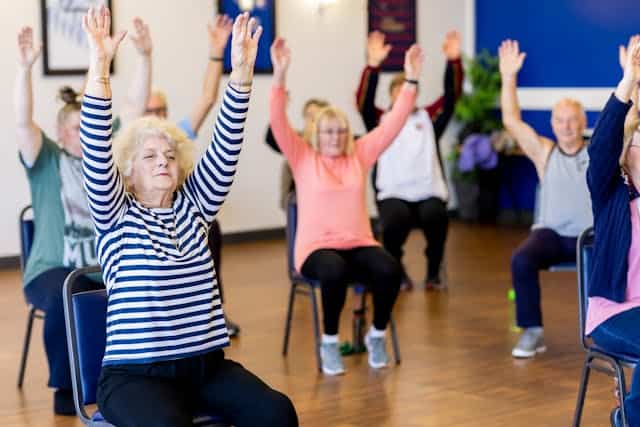
Multi-Level Factors Associated with Sedentary Behavior of Adults with Intellectual Disabilities in Community Living Arrangements
April 11, 2025
Physical activity, sedentary behaviour and health-related quality of life in 929 women with primary Raynaud’s phenomenon
April 24, 2025A new study entitled “Profile of the PLAY spaces & environments for children’s physical activity, sedentary behaviour and sleep (PLAYCE) cohort study, Western Australia” was recently published in Journal of Activity, Sedentary and Sleep Behaviors. A summary and citation is included below.
ABSTRACT
Background
Childhood is a critical period for the development of movement behaviours such as physical activity, sleep and sedentary behaviour. The PLAYCE Cohort was established to investigate how movement behaviours change over early to middle childhood, across key behaviour settings and relationships with health and development. An overview of the PLAYCE cohort, summary of key findings to date, and future research opportunities are presented.Methods
Children were recruited at 2–5 years of age (preschool; Wave 1) via early childhood education and care (ECEC) services and were followed up in junior primary school (5–7 years; Wave 2) at 8–10 years (Wave 3) and again at 11–13 years (Wave 4; in progress). Children’s movement behaviours were measured via parent-report and accelerometry. Social-emotional development, motor development, weight status, diet, and child and family socio-demographics were parent-reported. Physical environmental features of children’s key behaviour settings (home, neighbourhood, ECEC and school) were collected using geo-spatial and audit data.Results to date
At wave 1 (2–5 years), only 8% of children met all three recommendations of the Australian 24-hour Movement Guidelines for the Early Years. Meeting all recommendations (8%) was positively associated with boys social-emotional development. Physical environment features of the home yard (size, play equipment, natural features) were positively associated with preschool children’s physical activity. Tree canopy and more portable play equipment in ECEC outdoor areas was also positively associated with children’s outdoor time and physical activity.Conclusions
Wave 4 (11–13 years) data collection will be completed in early 2026. Traditional longitudinal and compositional data analysis of the PLAYCE cohort will be undertaken. Four waves of data will provide detailed patterns of movement behaviours and their effect on child health and development as well as the environmental influences on children’s movement behaviours across early to middle childhood. The findings can be used to inform national and international 24-Hour Movement Guidelines and behaviour setting-specific as well as population-level interventions to benefit child health and wellbeing across early to middle childhood.
CITATION
Christian, H., et al. (2025). Profile of the PLAY spaces & environments for children’s physical activity, sedentary behaviour and sleep (PLAYCE) cohort study, Western Australia. Journal of Activity, Sedentary and Sleep Behaviors, 4(7), https://doi.org/10.1186/s44167-025-00078-8
Photo by Lukas on pexels




